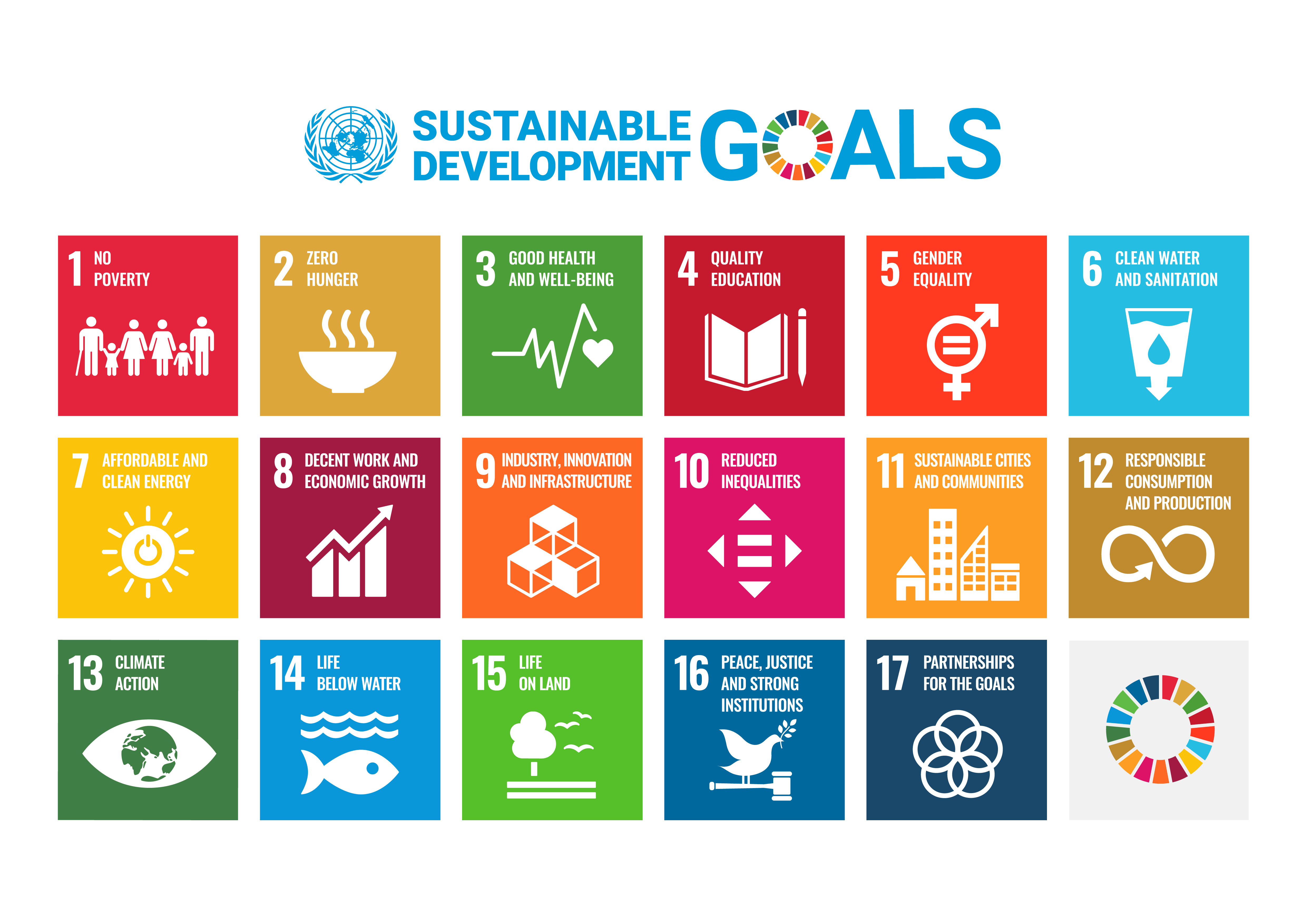Weekly working hours and mental health
Development of full-time working hours
The colours on the choropleth map show the development of full-time weekly working hours in the countries. A look at the women's and men's maps already shows clear differences. The dominant colour for men is clearly blue, which means that in the majority of countries, especially in Turkey, men work less in 2019 compared to 2010. The women's map is more colourful in this respect. Especially in the countries Lithuania, Luxembourg and Ireland, women work more than in 2010.
If we compare the trends in hours worked by women and men, some countries have moved in the same direction. In Ireland, Portugal, Lithuania and Greece, working hours have increased for both genders. In all countries where the full-time weekly working hours decreased for women, it also decreased for men. Further, men work on average more hours a week than women, for example in Turkey men work in 47.7 hours a week compared to women, who work 41.1 hours a week. In each case, Turkey is the country where both genders have the highest full-time weekly working hours.
Development of mental health
By selecting a country, two bar graphs appear on the left side, showing the self-assessed mental health of working women and men. In the top chart, you can see the development in percentage from 2010 to 2019 of people who feel good and in the bottom chart, the percentage of workers who feel bad. Here, one can ask whether increasing weekly work hours had a negative impact on workers' mental health.
Looking at the reddish countries on the map of female workers, the percentages do not vary significantly between 2010 and 2019. However, there are interesting exceptions, such as Luxembourg, Italy and the Netherlands, which have seen stronger swings over the past 10 years. Compared to the red countries, the blue countries show a stronger pattern, as the majority feel better than in 2010. The countries that feel worse today than in the past are interestingly northern countries, such as Norway, Sweden, Denmark, the Netherlands, and Belgium. But also in Switzerland, France and Germany, women feel worse than 10 years ago.
Differences in mental health among men are less pronounced in the majority of countries. However, in some countries, there is a considerable increase in the number of men who feel well. North Macedonia (+5%), Croatia (+10%) and Slovenia (+7%), which are all countries that work fewer hours per week than in 2010, also feel better today than 10 years ago. Looking at the total number of European countries, the majority of men feel worse today than in 2010 compared to women. In more than half of the countries, men are worse off than 10 years ago compared to women, whereas in their case, one third are worse off.
The top 5 countries of women feeling good in 2019 were Greece, Ireland, Romania, Spain, and Italy.
The top 5 countries of men feeling good in 2019 were Greece, Ireland, Romania, North Macedonia, and Spain.
Economic Development
The gross domestic product (GDP) per capita indicates the economic output of a nation per person. In Europe, but also on a global level, Luxembourg takes the lead with a GDP of approximately 100 000 Euros. Right behind follow Switzerland, Ireland, Norway and Iceland. The GDP per capita increased in all countries in the last 10 years except in Greece, where it steadily decreased since 2010.
A country's GDP seems to be little affected by the development of weekly working hours. For example, Turkey has the highest number of working hours per week, but its GDP has increased only slightly since 2010. On the other hand, Greece shows similarly high working hours for both genders, and the GDP of the country is steadily decreasing. Self-assessed mental health is also not strongly related to GDP. Countries with high GDP, such as Denmark, Norway, and Sweden, feel less well today than they did in 2010, even though the GDP has increased. In this respect, it also shows that GDP is not an important indicator of the mental health of workers.
Full-time working hours (2019 compared to 2010) and self-perceived health in 2019
Influence of working hours on mental health
The scatterplots show the full-time weekly working hours against the self-assessed mental health of workers feeling bad in each country. Through the regression line of the two plots, it is quickly apparent that as the number of hours per week increases, women have self-assessed poorer mental health in 2019 compared to men. Portugal, Norway and Turkey have the largest proportion of female workers who rate their mental health as poor. Although there are large differences in the number of working hours between countries. Women in Turkey work an average of 7 hours more than women in Portugal. Ireland, Romania and Greece are at the other end of the spectrum, with less than one percent rating themselves as having poor mental health. Again, the number of hours per week varies widely.
For men, the differences between the percentages in mental health in the countries are less pronounced than for women. It is interesting that Denmark has the highest percentage value and the lowest number of hours per week. In general, it seems that women who work between 39-41 hours and men who work 41-43 hours rank themselves worse or less bad depending on the country. That is, even if the same hours are worked in the countries, the health mental assessment varies mostly in these hour ranges.
The top 5 countries of women feeling bad in 2019 were Portugal, Turkey, Norway, Slovenia, and Latvia.
The top 5 countries of men feeling bad in 2019 were Denmark, Latvia Slovenia, Estonia, and Hungary.
Discussion
Overall, there seems to be no spatial pattern in how the development of weekly working hours changed over the last 10 years in Europe. The difference between the countries varies in Southern Europe as well as in the northern part of Europe. Therefore, other factors may influence the development in each country. The displayed data does not show a clear trend of working hours impacting on mental health. There are men and women feeling happier today in countries with higher working hours per week (e.g., Ireland for women and Portugal for men) or, vice versa men and women feeling bad living in a country that works fewer hours compared to 2010 (e.g., France for women and Sweden for men). Also, the analysis between the genders showed no clear results. Although the trendlines in the scatterplots did not show the same trends, the R2 values are too low that the result could be significant.
When interpreting the results, the following limitations and explanations of our analysis need to be considered and may help to clarify the obtained results:
Firstly, the state of the mental health was derived by the proxy of self-perceived health. Although the data were collected with a standardized questionnaire, it is still subjective which affects comparability. Other factors such as cultural differences may also influence the perception of stress. For reasons of simplicity only full-time working hours were analyzed (difficult interpretation of part-time data due to mixed workloads) the full-time data cannot explain mental health issues alone. Especially women often have other jobs besides their paid job such as raising children and caring for dependents which are not included in the working hours statistics. But the additional workload surely impacts the wellbeing of those people.[1],[3] For the analysis only two points in time were analyzed (2010 and 2019). Maybe longer timespans must be analyzed to observe clearer trends. Finally, the number of working hours is not the only factor that influences mental health.[5] Other parameters such as the economic or social situation of an individual or the number of paid holidays and rest periods is important too and therefore further research needs to be done in this field to take appropriate measures.[1],[6] It must also be remembered that the choice of classification in the legend also plays a role in the interpretation of the result. The decision whether to choose for example natural breaks or equal interval instead of quantiles may change the interpretation of the map.
 The UN's sustainable development goals include 17 goals and 169 sub-goals. The goals address economic, social and environmental aspects and obstacles that need to be implemented at the global level. UN countries are therefore committed to implementing the SDGs by 2030. More information about the SDGs can be found here.
The UN's sustainable development goals include 17 goals and 169 sub-goals. The goals address economic, social and environmental aspects and obstacles that need to be implemented at the global level. UN countries are therefore committed to implementing the SDGs by 2030. More information about the SDGs can be found here.

